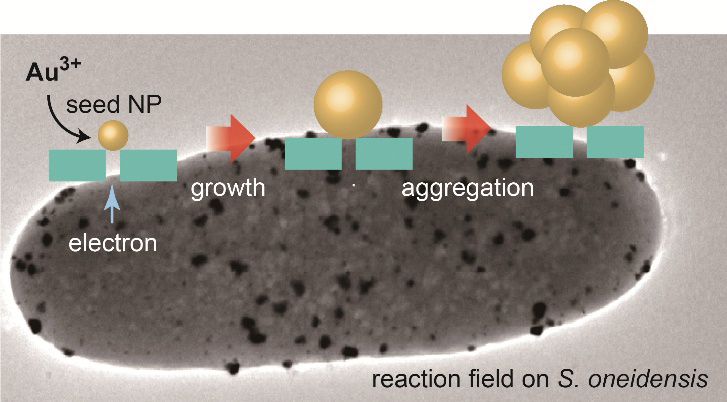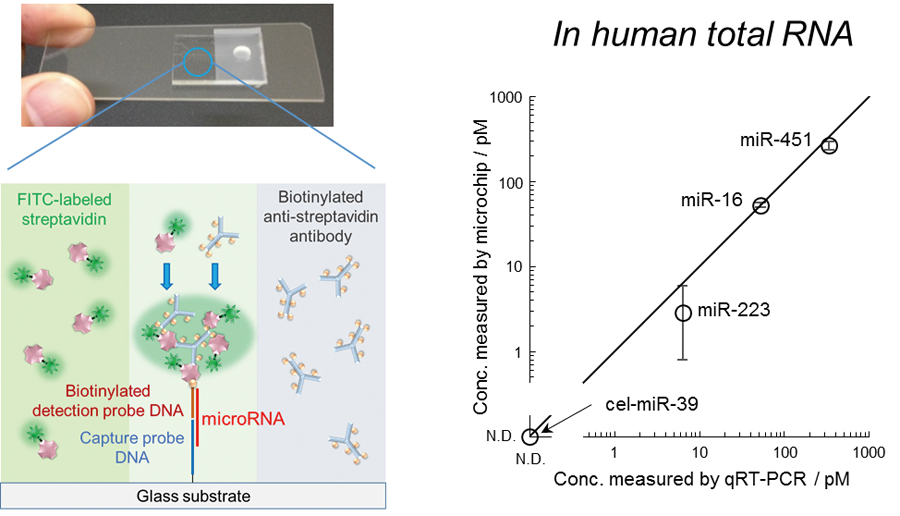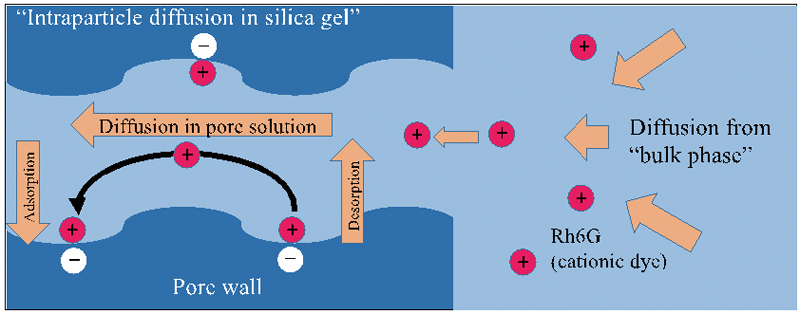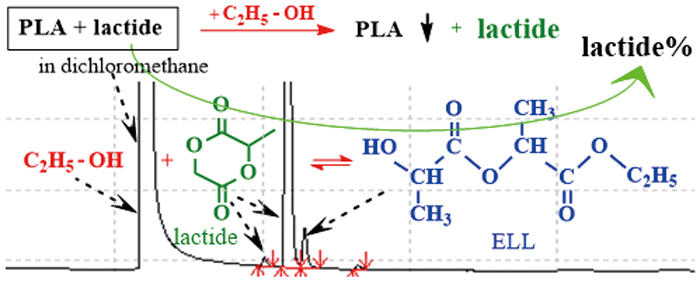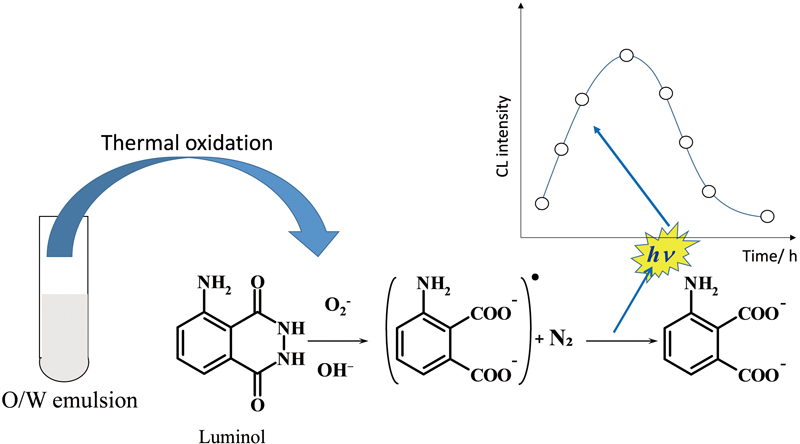Volume 33, Issue 2
Displaying 1-23 of 23 articles from this issue
- |<
- <
- 1
- >
- >|
Rapid Communications
-
Article type: Rapid Communications
2017Volume 33Issue 2 Pages 129-131
Published: February 10, 2017
Released on J-STAGE: February 10, 2017
Download PDF (530K) -
Article type: Rapid Communications
2017Volume 33Issue 2 Pages 133-135
Published: February 10, 2017
Released on J-STAGE: February 10, 2017
Download PDF (702K) -
Article type: Rapid Communications
2017Volume 33Issue 2 Pages 137-142
Published: February 10, 2017
Released on J-STAGE: February 10, 2017
Download PDF (6280K) -
Article type: Rapid Communications
2017Volume 33Issue 2 Pages 143-146
Published: February 10, 2017
Released on J-STAGE: February 10, 2017
Download PDF (1096K)
Original Papers
-
Article type: Original Papers
2017Volume 33Issue 2 Pages 147-152
Published: February 10, 2017
Released on J-STAGE: February 10, 2017
Download PDF (1376K) -
Article type: Original Papers
2017Volume 33Issue 2 Pages 153-157
Published: February 10, 2017
Released on J-STAGE: February 10, 2017
Download PDF (756K) -
Article type: Original Papers
2017Volume 33Issue 2 Pages 159-163
Published: February 10, 2017
Released on J-STAGE: February 10, 2017
Download PDF (702K) -
Article type: Original Papers
2017Volume 33Issue 2 Pages 165-169
Published: February 10, 2017
Released on J-STAGE: February 10, 2017
Download PDF (1032K) -
Article type: Original Papers
2017Volume 33Issue 2 Pages 171-177
Published: February 10, 2017
Released on J-STAGE: February 10, 2017
Download PDF (2460K) -
Article type: Original Papers
2017Volume 33Issue 2 Pages 179-183
Published: February 10, 2017
Released on J-STAGE: February 10, 2017
Download PDF (990K) -
Article type: Original Papers
2017Volume 33Issue 2 Pages 185-189
Published: February 10, 2017
Released on J-STAGE: February 10, 2017
Download PDF (781K) -
Article type: Original Papers
2017Volume 33Issue 2 Pages 191-196
Published: February 10, 2017
Released on J-STAGE: February 10, 2017
Download PDF (1060K) -
Article type: Original Papers
2017Volume 33Issue 2 Pages 197-202
Published: February 10, 2017
Released on J-STAGE: February 10, 2017
Download PDF (1591K) -
Article type: Original Papers
2017Volume 33Issue 2 Pages 203-207
Published: February 10, 2017
Released on J-STAGE: February 10, 2017
Download PDF (1755K) -
Article type: Original Papers
2017Volume 33Issue 2 Pages 209-215
Published: February 10, 2017
Released on J-STAGE: February 10, 2017
Download PDF (983K) -
Article type: Original Papers
2017Volume 33Issue 2 Pages 217-222
Published: February 10, 2017
Released on J-STAGE: February 10, 2017
Download PDF (1794K) -
Article type: Original Papers
2017Volume 33Issue 2 Pages 223-227
Published: February 10, 2017
Released on J-STAGE: February 10, 2017
Download PDF (3539K) -
Article type: Original Papers
2017Volume 33Issue 2 Pages 229-234
Published: February 10, 2017
Released on J-STAGE: February 10, 2017
Download PDF (871K)
Notes
-
Article type: Notes
2017Volume 33Issue 2 Pages 235-238
Published: February 10, 2017
Released on J-STAGE: February 10, 2017
Download PDF (532K) -
Article type: Notes
2017Volume 33Issue 2 Pages 239-242
Published: February 10, 2017
Released on J-STAGE: February 10, 2017
Download PDF (810K) -
Article type: Notes
2017Volume 33Issue 2 Pages 243-247
Published: February 10, 2017
Released on J-STAGE: February 10, 2017
Download PDF (1336K) -
Article type: Notes
2017Volume 33Issue 2 Pages 249-252
Published: February 10, 2017
Released on J-STAGE: February 10, 2017
Download PDF (454K)
Announcements
-
Article type: Announcements
2017Volume 33Issue 2 Pages 253
Published: February 10, 2017
Released on J-STAGE: February 10, 2017
Download PDF (2959K)
- |<
- <
- 1
- >
- >|

